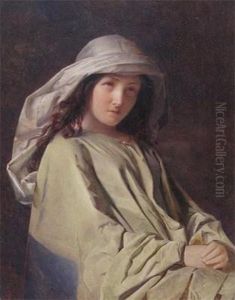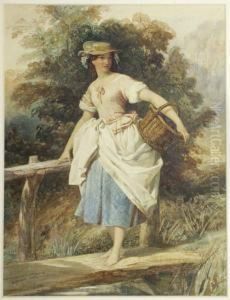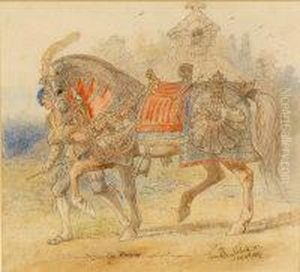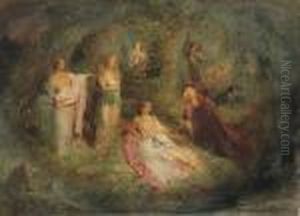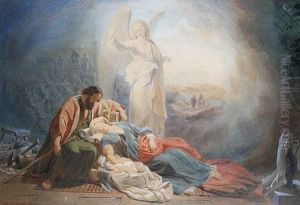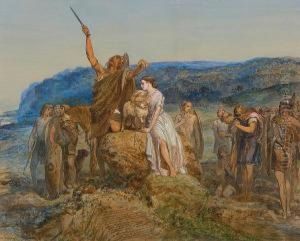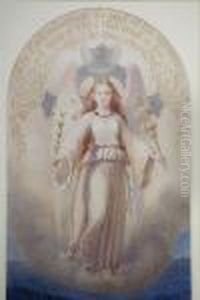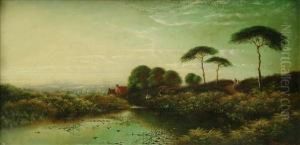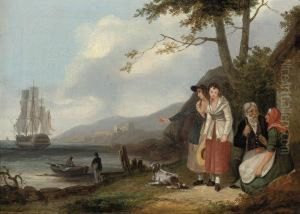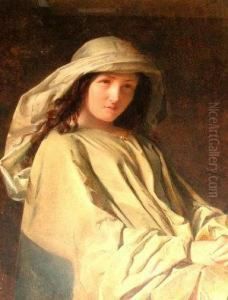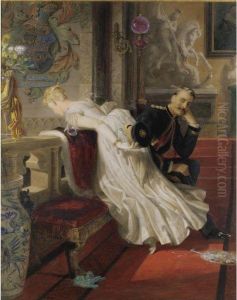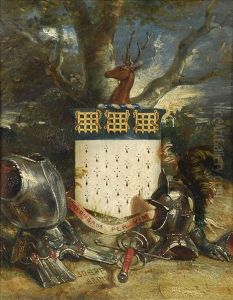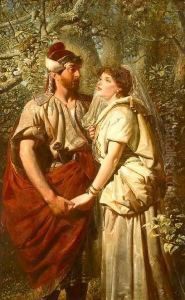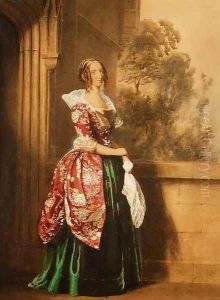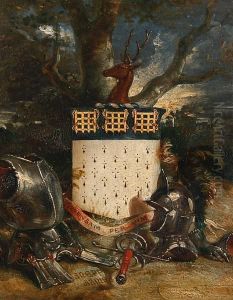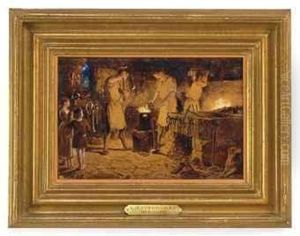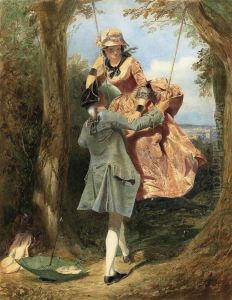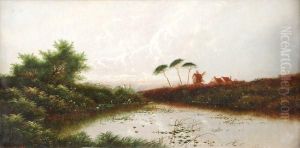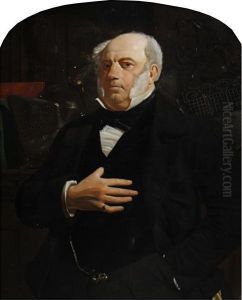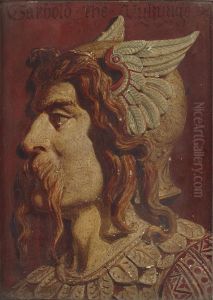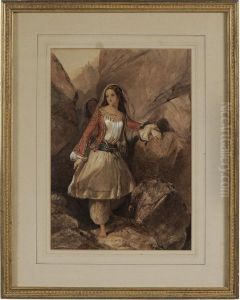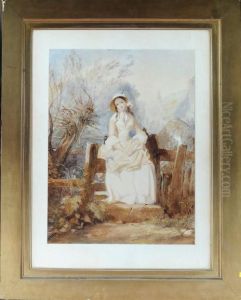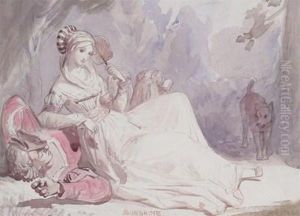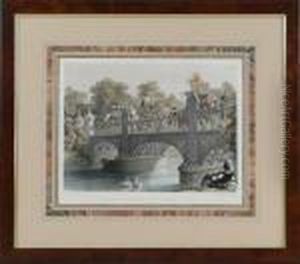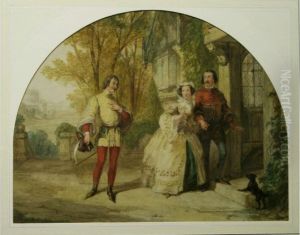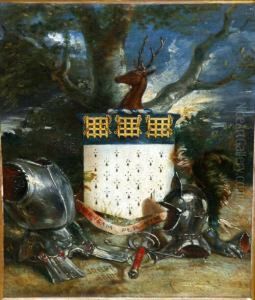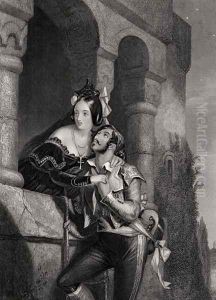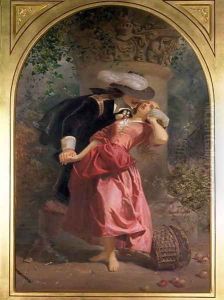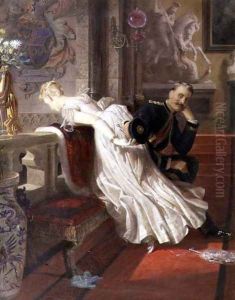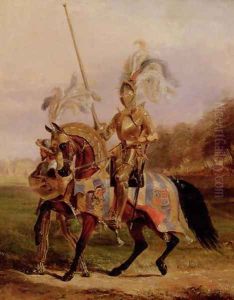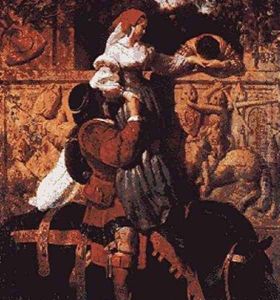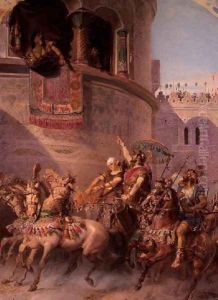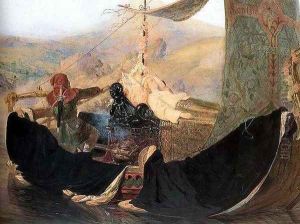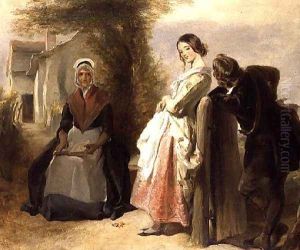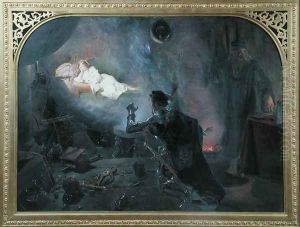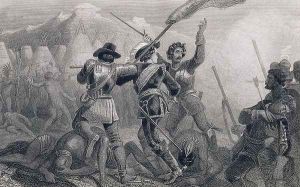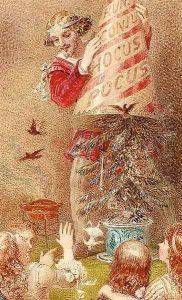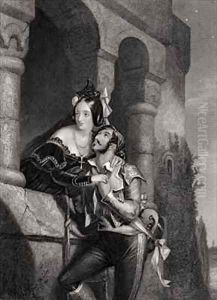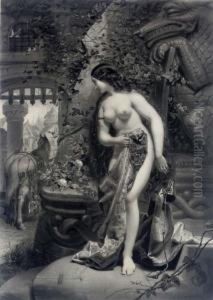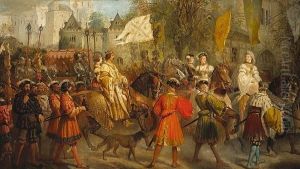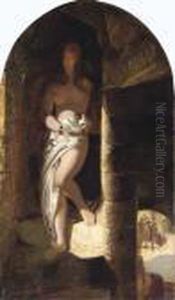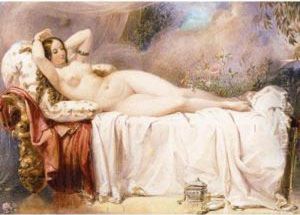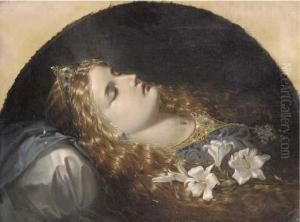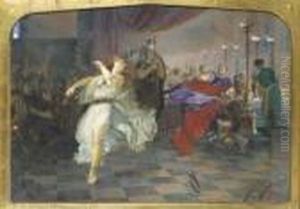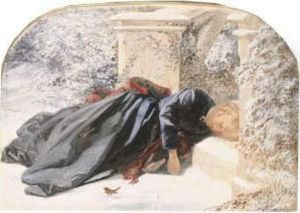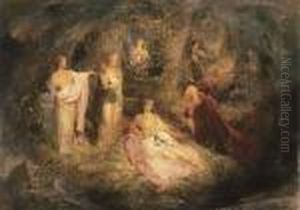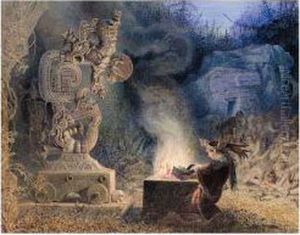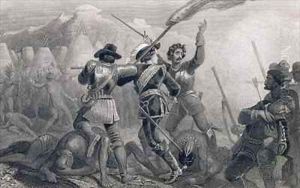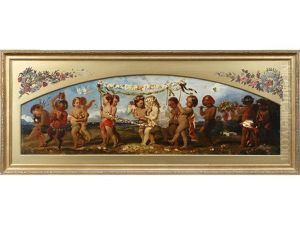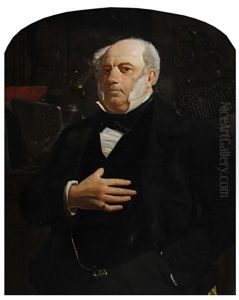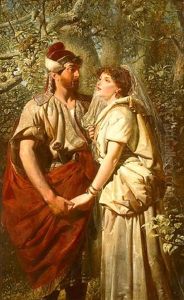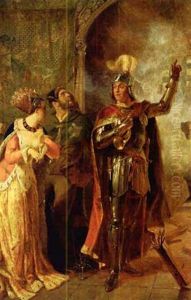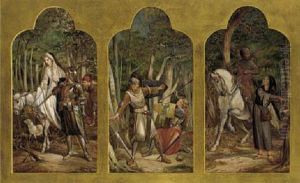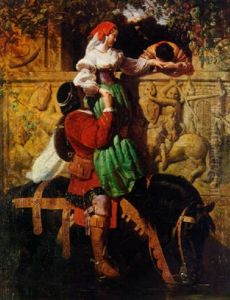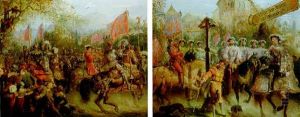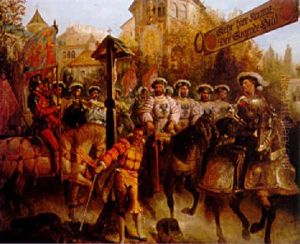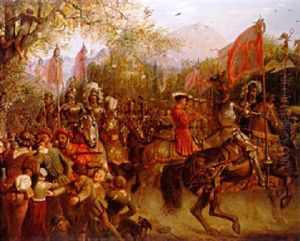Edward Henry Corbould Paintings
Edward Henry Corbould was a British artist known for his works as an illustrator and watercolourist. Born on December 5, 1815, in London, he was part of a family with artistic leanings; his father was a sculptor and his brothers pursued careers in the arts as well. Corbould showed an early talent for drawing and was trained under several notable artists of the time, including Henry Sass and John Varley.
Corbould specialized in historical scenes and subjects from literature, often depicting scenes from Shakespeare, Scott, and other authors. His illustrative work was widely appreciated, and he gained considerable recognition for his contributions to various publications, including illustrated editions of classic literature. He was also a teacher of drawing, and among his pupils were members of the British Royal Family, for which he was appointed Instructor of Historical Painting to Queen Victoria's children in 1851, a position he held for over twenty years.
Throughout his career, Corbould was involved with the Royal Academy of Arts. Though he was never elected as a full Academician, he was a frequent exhibitor, showing his works there for more than 50 years. He was also a member of the New Water Colour Society, which later became the Royal Institute of Painters in Water Colours, and he exhibited with them as well.
Corbould's style was characterized by its detailed and romantic portrayal of historical and literary themes, and he worked primarily in watercolours and ink. His legacy includes a vast array of illustrations that continue to be appreciated for their contribution to Victorian art and culture.
Edward Henry Corbould passed away on January 18, 1905, leaving behind a rich body of work that reflected the Victorian fascination with history, literature, and the arts. His influence extended beyond his paintings and illustrations, as he played a role in the artistic education of the royal family and influenced the appreciation of historical and literary works through his art.
